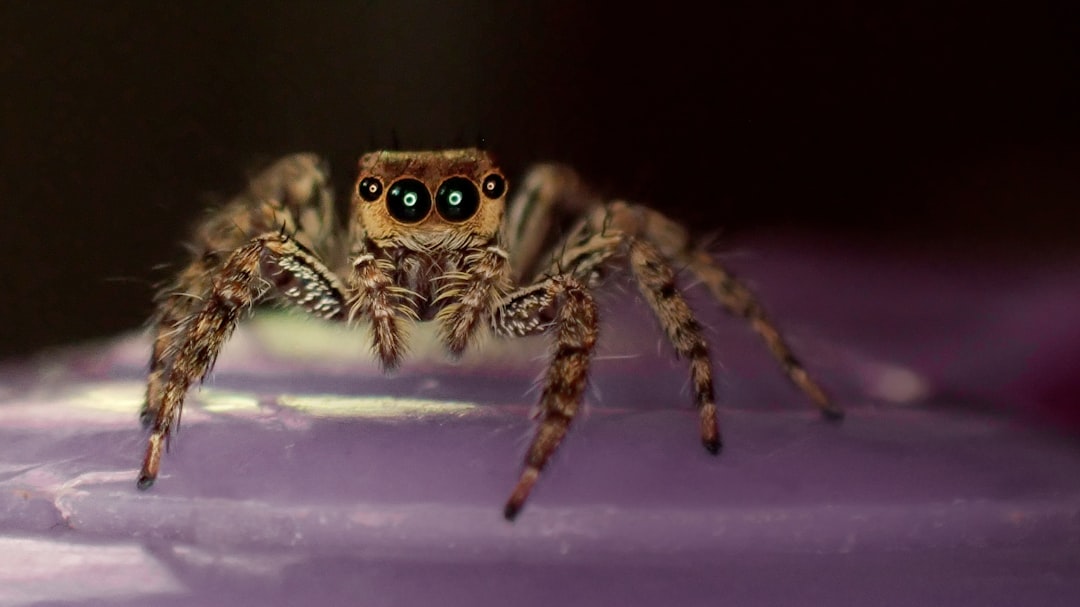Researchers at Rice University published a paper1 last month where they used a dead spider as a mechanical grabber, and coined the new term necrobotic.
Spiders move their arms using pneumatic pressure and valves2. When you fill a tire with air it becomes rigid; when it loses air pressure it is softer. The researchers were able to actuate the legs of a spider corpse by sticking a needle in it and pushing air in and withdrawing air out. They called it a “necrobotic gripper”.
As a tool, it is especially good at picking things up because of its “compliant geometric design” and “microscopic hairs surrounding the leg” that work kind of like an adhesive. This is the ideal tool to "discreetly capture [insects] for sample collection". One corpse can be used for at least 700 actuations before it starts degrading, which is impressive longevity. It can lift 1.3 times its own weight. They speculated on ways to maneuver individual leg sections and treatments that would make it last longer.
It seems like a narrow application but I’d love to have a spider grabber if I was collecting or working with insects. It would be hard to manufacture something as good: a tiny pressurized system with valves and those hairlike microstructures. Spiders are self-assembling and made out of cheap materials.
Anything with piloted corpses does seem a little fucked up. It’s creepy imagining accidents storing live spiders or weird research advancements on engineered spiders. It opens a door to having a reason to engineer bigger, grabbier, indestructible spiders. What could go wrong?
Spiders are uniquely good at working with silk threads and webs. Maybe researchers will reason that they need a little bit of neural activity to have a bot that threads silk to objects. Then they decide to use a cluster of spiders to tether, drag, and lift bigger stuff. Add some crappy software to control them and you have the perfect recipe for Planet of the Apes but spiders.
The researchers are going to look at more creatures with similar hydraulic characteristics including whip scorpions. Those could be perfect for retrieving loose items in the gaps of sofa cushions and car seats.

Spiders also have muscle but not in antagonistic muscle pairs like we have. Their pneumatic system is very compact. “This allows larger muscles for flexion which facilitate…powerful movements required for weaving webs and hunting prey.”